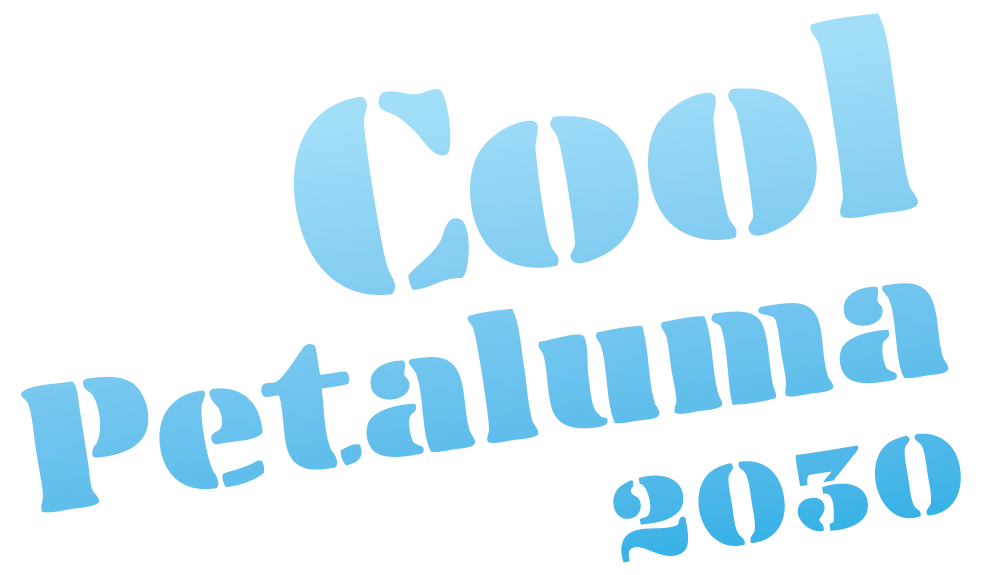Avoid food packaging
Avoid food packaging
Why?
Why Avoid food packaging here…
Action 3/3: Avoid food packaging
We are drowning in plastic and other food packaging! Two-thirds of packaging material is used to package food and much of this is plastic, which often contains harmful chemicals. If you take a moment to check out your trash and recycling bins, we’re pretty sure you’ll find a lot of food packaging (that’s why you keep your trash and recycling cans in the kitchen!)
Most plastic is made from petroleum, is designed for single use, and isn’t easily recycled. This means it ends up polluting our waterways, oceans, air, and soil – and adding to the climate crisis. It wasn’t always this way and it doesn’t have to continue to be. Individually, we can start to make a difference. Collectively, we can turn this problem around.
Use your own bags & containers
Avoid food packaging whenever you can. One way to do this is to bring your own reusable or cloth bags to the grocery store. Or carry your own stainless steel mug or water bottle with you when you go out. When getting takeout, decline disposable items such as straws, napkins, and utensils.
Use less plastic at home as well. For example, reuse yogurt containers or bread bags, or substitute with canning jars or beeswax wrappers. And don’t forget: Growing and canning your own food or simply making food from scratch are also great ways to reduce use of food packaging.
And don't forget to avoid single-use packaging for common household goods like dishsoap, laundry soap, shampoo, and more. We are luck enough to have our very own downtown zero waste store: Refill Mercantile!
FoodPrint: The Environmental Impact of Food Packaging
FoodPrint: Consumers Can Make a Difference: Action Tool Kit
FoodPrint: Food Packaging Tip Sheet
Petaluma zero waste store: Refill Mercantile!
Buy in bulk - do a team taste test!
Bulk bins took a hit during the pandemic, but bulk is back! Take advantage of it. Not only will you reduce your use of packaging, but you’ll often save a little money as well. Find a store near you with bulk bins and encourage other stores to follow suit.
Bring your own bags or canning jars. If you use a jar, have the clerk weigh it before you fill it so you aren't paying for the container weight! (It's called the "tare" weight.)
Zero waste stores are also a great option for buying food or other items in bulk. And to reduce the amount of packaging, it also helps to buy some products in larger quantities.
For fun, taste test bulk food with your team: Turn this into a game by purchasing a few tasty bulk food items for tast testing and have people vote on their favorites. Breakfast cereal and mid-day snacks are common in most households. Week after week, the packaging piles up in your trash and recycling bins. Why not try swapping out a few of your basic needs with purchases from the bulk department? It can save you money and reduce the number of times you have to take out the garbage. Win-win!
Litterless: Zero Waste Grocery Guide: California
Recycle effectively
You’re trying to do all you can to avoid food packaging, but recycling is still necessary. Still, does “recycling effectively” seem like an oxymoron? Or at the least, extremely challenging to do? If so, you’re not alone. It is complicated and it’s not your fault. That’s why California’s new Extended Producer Responsibility Act is a step in the right direction, putting the onus where it belongs – on the producer. Still, we can each do our part to recycle more effectively. Zero Waste Sonoma’s Zero Waste Guide is a fabulous one-stop resource!
And ever wonder what actually happens to all that stuff you throw in the blue bin? Here is an interesting peek behind the scenes of curbside recycling.
Zero Waste Sonoma: Zero Waste Guide Sonoma County 2023
Recology Sonoma Marin: Sorting Guides & Resources
CalRecycle: Waste reduction
Petaluma Recycling Center (PRC)
What happens to curbside recycling
Play a trash/recycle/compost sorting game: You can create your own game by saving and cleaning items from your three bins and then asking people to sort them. Here's a sample list of common items that can be confusing and vary by jurisdiction. For Petaluma:
Landfill:
chip bag
plastic liner from cereal box
coffee cup
snack wrapper
compostable plastic! (cannot be composted in Sonoma County)
Recycle:
paper milk carton
shelf-stable alternative milk carton
plastic cup
glass jar with lid on
magazine
Compost:
pizza box
paper towel/napkin
tea bag
wooden utensils
unlined paper food containers
Or, check out these ready-to-use game made for our jurisdiction (trash sorting varies by company and location). Get the kids involved, too. This is a fun way to help you remember what goes where.
John Crowley made a Cool Petaluma online Trash Quiz
Recology Sonoma Marin: What Goes Where? Quiz

